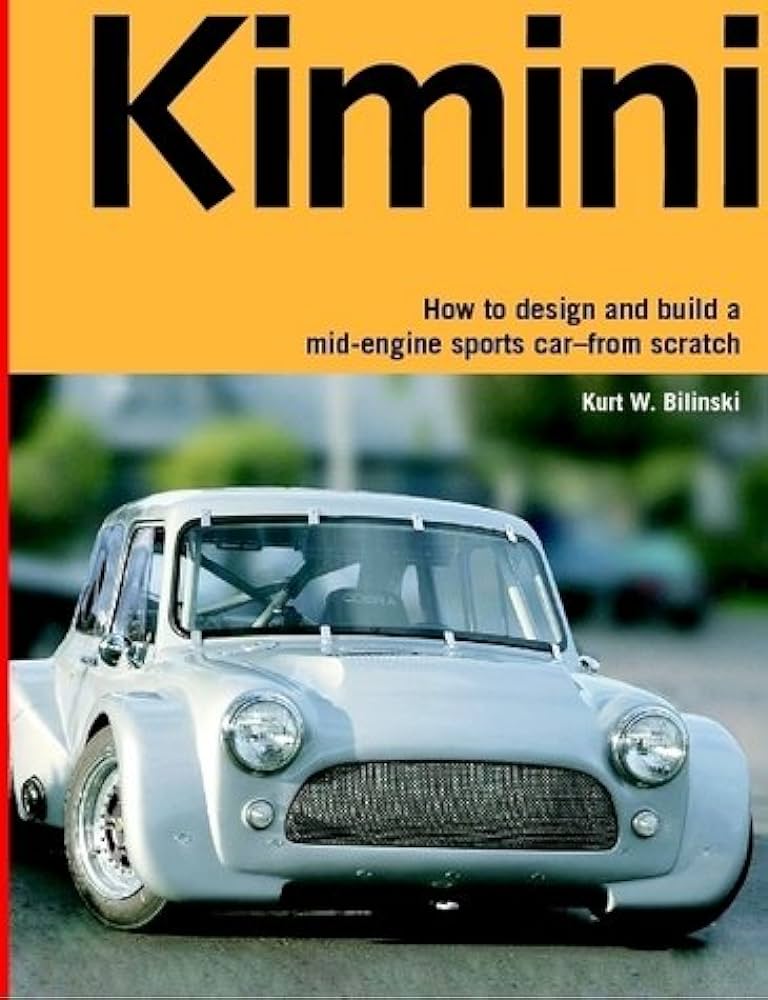How to Design and Build a Car Engine
Introduction
The car engine is one of the most complex and important components of a vehicle. It is responsible for converting the chemical energy of gasoline into mechanical energy that can be used to propel the car. Designing and building a car engine is a challenging but rewarding task that requires a deep understanding of engineering principles.
The Basics of Engine Design
An engine is a machine that converts one form of energy into another. In the case of a car engine, the chemical energy of gasoline is converted into mechanical energy. This conversion takes place in a series of steps:
- The gasoline is mixed with air and introduced into the engine’s cylinders.
- The piston compresses the air-fuel mixture.
- The spark plug ignites the air-fuel mixture, creating a controlled explosion.
- The explosion forces the piston down, which turns the crankshaft.
- The crankshaft converts the reciprocating motion of the piston into rotary motion.
- The rotary motion of the crankshaft is used to drive the wheels of the car.
The Different Types of Engines
There are many different types of car engines, each with its own advantages and disadvantages. The most common type of engine is the four-stroke internal combustion engine. This type of engine is used in most gasoline-powered cars. Other types of engines include:
- Two-stroke internal combustion engines
- Diesel engines
- Electric motors
- Hybrid engines
The Design Process
The design of a car engine is a complex process that involves many different factors. These factors include:
- The type of fuel that the engine will use
- The power output that the engine will need
- The efficiency of the engine
- The emissions that the engine will produce
Once the design parameters have been established, the engineer can begin to design the engine. The design process typically involves the following steps:
- Creating a conceptual design
- Developing a detailed design
- Building a prototype
- Testing the prototype
- Making modifications
The Building Process
Once the engine has been designed, it can be built. The building process typically involves the following steps:
- Casting the engine block and head
- Machining the engine components
- Assembling the engine
- Testing the engine
Conclusion
Designing and building a car engine is a challenging but rewarding task. It requires a deep understanding of engineering principles and a lot of hard work. However, the end result is a machine that is capable of powering a vehicle and providing years of reliable service.





